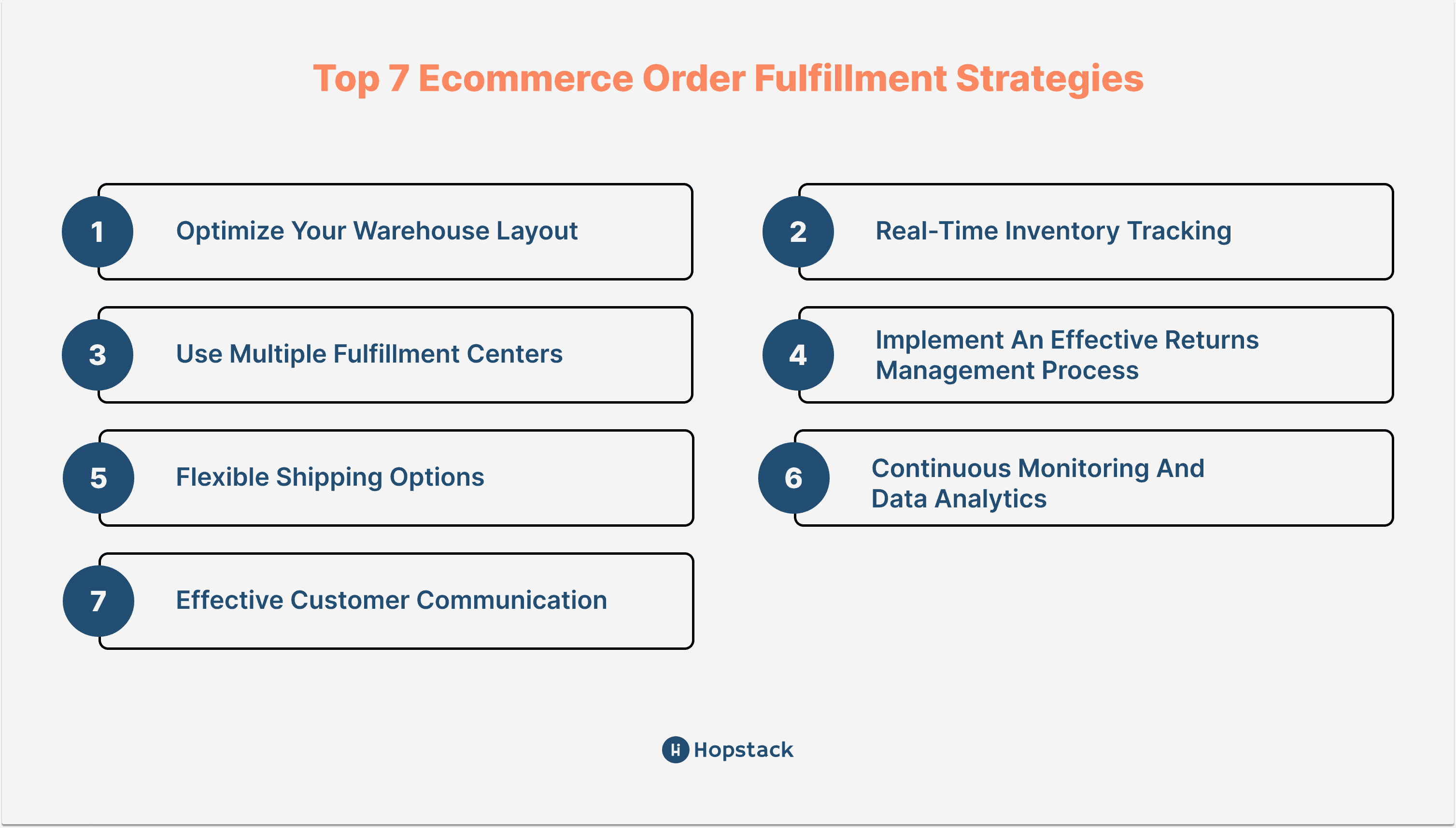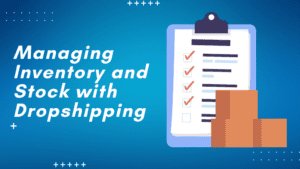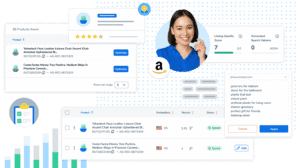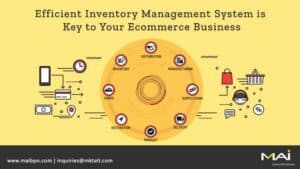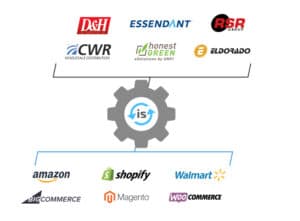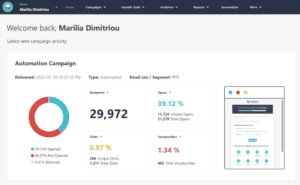Creating Effective Fulfillment Strategies for Ecommerce Success
Ecommerce businesses thrive on efficient fulfillment strategies. A well-executed strategy ensures timely delivery, satisfied customers, and streamlined operations. In this article, we explore the key elements of ecommerce fulfillment and how businesses can optimize their processes to enhance efficiency.
What is Ecommerce Fulfillment?
Ecommerce fulfillment encompasses the entire process of receiving, processing, and delivering customer orders. The key stages include:
- Inventory Management – Storing products and ensuring accurate stock levels.
- Order Processing – Picking and packing orders once they are placed.
- Shipping – Choosing carriers and ensuring fast, reliable delivery.
- Returns Management – Handling returns and exchanges efficiently.
Why Is Fulfillment Strategy Important?
An effective fulfillment strategy impacts:
- Customer Satisfaction: Fast, accurate deliveries foster loyalty.
- Operational Efficiency: Streamlined operations reduce costs.
- Scalability: The right strategy supports business growth and expansion.
Key Fulfillment Strategies for Ecommerce Businesses
1. In-House Fulfillment
This model involves managing all fulfillment tasks internally. It’s ideal for businesses that want full control over their operations but requires significant resources for warehousing, staffing, and software.
2. Third-Party Logistics (3PL)
Outsourcing fulfillment to 3PL providers allows businesses to focus on sales and marketing while experts handle warehousing, packing, and shipping. Examples include companies like ShipBob and Fulfillment by Amazon (FBA).
3. Dropshipping
Dropshipping allows businesses to sell products without holding inventory. The supplier handles fulfillment directly, which reduces risk but may result in less control over the customer experience.
4. Hybrid Fulfillment
This approach combines in-house fulfillment with outsourcing or dropshipping. It’s flexible and allows businesses to handle high-priority orders in-house while outsourcing less critical tasks.
Factors to Consider When Choosing a Fulfillment Strategy
- Order Volume: High-volume businesses may benefit from 3PL, while lower-volume businesses might prefer in-house fulfillment.
- Geographical Reach: For international shipping, partnering with global fulfillment providers ensures faster delivery times.
- Product Type: Large or fragile items may require specialized handling, influencing the choice of fulfillment strategy.
Top Fulfillment Tools and Services for Ecommerce
- ShipBob
- A 3PL provider offering fast shipping, inventory management, and order tracking, with a focus on small to mid-sized businesses.
- Fulfillment by Amazon (FBA)
- Amazon handles warehousing, packing, shipping, and customer service, allowing sellers to leverage Amazon’s extensive logistics network.
- ShipStation
- A shipping platform that integrates with multiple carriers to streamline the shipping process for ecommerce businesses.
- Easyship
- A platform designed to optimize international shipping by offering access to multiple couriers and providing transparency in shipping costs.
- Oberlo
- A dropshipping tool that integrates with Shopify, allowing businesses to source and sell products without managing inventory.
Conclusion
Choosing the right fulfillment strategy is essential for ecommerce success. Whether you opt for in-house fulfillment, 3PL services, or a hybrid approach, focus on streamlining operations and delivering top-tier customer experiences.
FAQs
1. What is ecommerce fulfillment?
Ecommerce fulfillment refers to the process of receiving, packing, and shipping orders to customers.
2. How does 3PL fulfillment work?
Third-party logistics (3PL) providers handle warehousing, packing, and shipping on behalf of ecommerce businesses.
3. What is dropshipping?
Dropshipping allows businesses to sell products without holding inventory, with suppliers managing order fulfillment.
4. What are the benefits of outsourcing fulfillment?
Outsourcing allows businesses to focus on growth while professionals handle logistics, reducing operational costs and improving efficiency.
5. How can I choose the right fulfillment strategy?
Consider factors such as order volume, geographical reach, and product type to determine the best strategy for your business.
Top Tools to Simplify and Scale Your Business
- ShipBob
- Offers end-to-end logistics services, including warehousing and shipping.
- Amazon FBA
- Provides fulfillment services that include storage, packing, and shipping, with access to Amazon’s vast customer network.
- ShipStation
- A platform that automates and simplifies shipping processes by integrating multiple carriers.
- Easyship
- Ideal for businesses looking to simplify international shipping by offering a wide range of carrier options.
Keywords: fulfillment strategy, ecommerce fulfillment, 3PL, dropshipping, inventory management, shipping platforms, ShipBob, Amazon FBA

